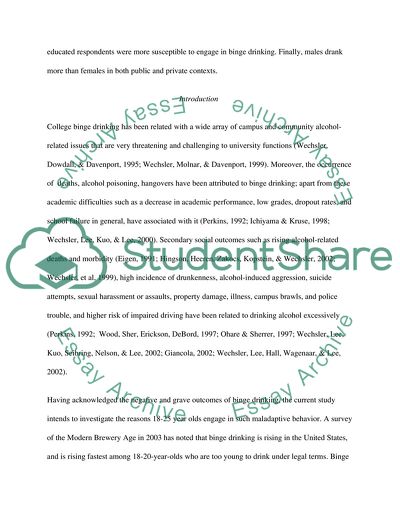Cite this document
(“Reasons For Binge Drinking Among 18 To 25-Year-Olds Essay”, n.d.)
Reasons For Binge Drinking Among 18 To 25-Year-Olds Essay. Retrieved from https://studentshare.org/sociology/1535520-reasons-for-binge-drinking-among-18-to-25-year-olds
Reasons For Binge Drinking Among 18 To 25-Year-Olds Essay. Retrieved from https://studentshare.org/sociology/1535520-reasons-for-binge-drinking-among-18-to-25-year-olds
(Reasons For Binge Drinking Among 18 To 25-Year-Olds Essay)
Reasons For Binge Drinking Among 18 To 25-Year-Olds Essay. https://studentshare.org/sociology/1535520-reasons-for-binge-drinking-among-18-to-25-year-olds.
Reasons For Binge Drinking Among 18 To 25-Year-Olds Essay. https://studentshare.org/sociology/1535520-reasons-for-binge-drinking-among-18-to-25-year-olds.
“Reasons For Binge Drinking Among 18 To 25-Year-Olds Essay”, n.d. https://studentshare.org/sociology/1535520-reasons-for-binge-drinking-among-18-to-25-year-olds.


